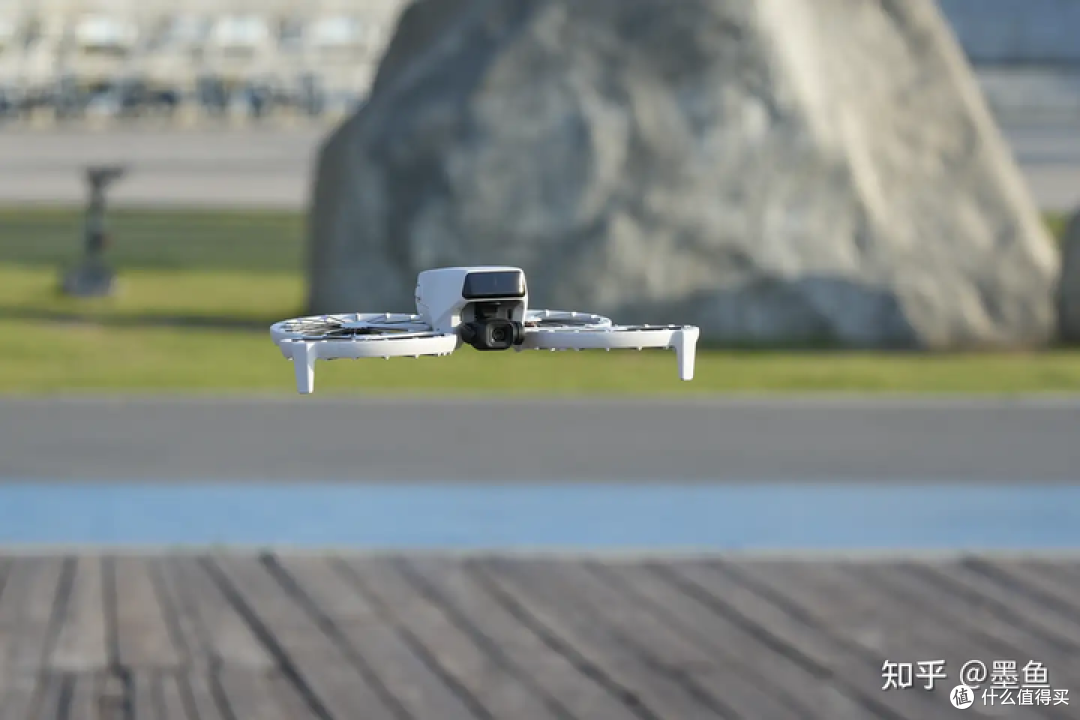Exploring the Innovations in Fiberoptic Drone Technology
Drones have become a staple in various sectors, from commercial to recreational use. However, the introduction of fiberoptic drone technology has paved the way for substantial advancements in the field. Fiberoptics, traditionally used in telecommunications, has enhanced drone capabilities significantly, offering improved control and data transmission over longer distances. This fusion of technologies presents new possibilities in drone applications, uncovering impressive features not previously achievable.
Benefits of Fiberoptic Integration
The integration of fiberoptics into drones principally enhances the bandwidth and reliability of data transmission. This technology mitigates latency issues and is less susceptible to interference compared to traditional wireless solutions. As a result, operators can enjoy seamless real-time video feeds and control over extensive ranges, making fiberoptic drones particularly beneficial for surveillance and mapping purposes.
Drones powered by fiberoptics can operate in complex environments with improved precision and efficiency. The high bandwidth allows for the transmission of large volumes of sensor data, crucial for real-time analytics and decision-making processes in fields like agriculture, forestry, and disaster management.

Applications and Future Potential
One of the most promising applications of fiberoptic drones is in emergency response scenarios. These drones can quickly provide accurate assessments in disaster zones, delivering crucial insights to ground-based teams. The reliability of fiberoptic connections ensures that critical data is transmitted with minimal loss or delay.
Additionally, the technology’s potential extends to environmental monitoring. By accurately capturing and transmitting high-definition imagery, fiberoptic drones can assist in tracking climate changes, wildlife patterns, and deforestation activities, thus contributing to global conservation efforts.
Challenges and Considerations
Despite their many advantages, fiberoptic drones require careful consideration regarding deployment. The physical constraints of fiberoptic cables can limit mobility, necessitating innovative solutions to maintain flexibility and versatility. Moreover, cost implications must be accounted for, as fiberoptic systems can be more expensive compared to conventional wireless setups.
Continuous research is essential to overcome these hurdles and fully realize the potential of fiberoptic technology in drones. As advancements are made, it is likely that implementation costs will reduce, making these advanced drones more accessible to a broader market.
Frequently Asked Questions (FAQs)
- What are the advantages of fiberoptic drones?
Fiberoptic drones offer enhanced data transmission reliability and bandwidth, improving real-time communication and control over long distances.
- Are fiberoptic drones more expensive?
Initially, they may be more costly due to the advanced technology but as research progresses, prices are expected to become more competitive.
- Can fiberoptic drones be used for surveillance?
Yes, these drones are particularly suitable for surveillance due to their ability to transmit high-quality, real-time data over extensive areas.

Undoubtedly, as our understanding and development of fiberoptic drone technology advance, this innovative approach will unlock new possibilities, transforming the landscapes of drone-based operations.